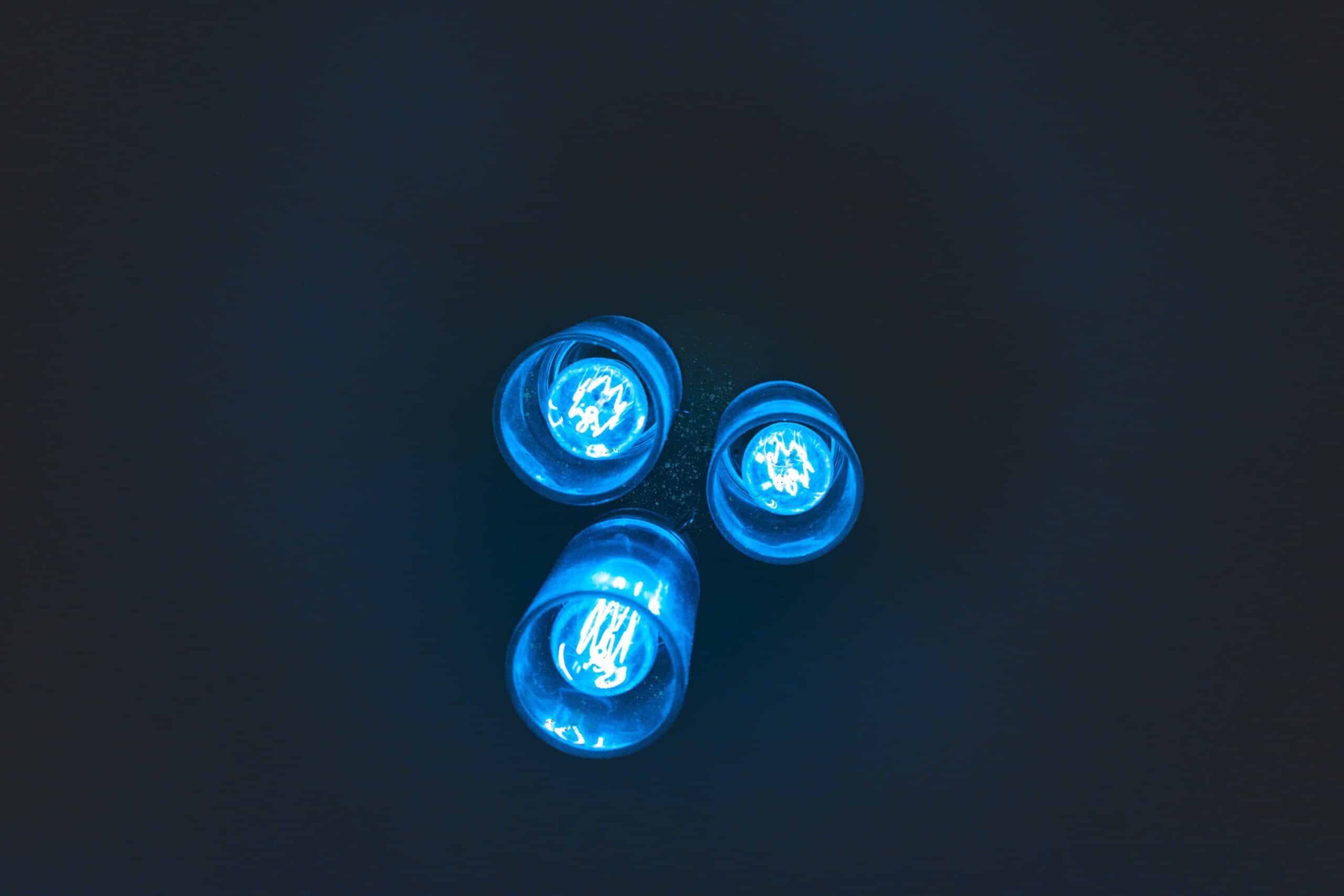We are all familiar with the harmful effects of ultraviolet (UV) rays in sunlight, but we also know that they are essential for the production of vitamin D in the body. Now, scientists claim that i LED UV could serve as a safe alternative to sunlight, when the latter is not available in sufficient quantities.
It is simply indispensable. Among other things, vitamin D helps reduce the loss of bone density and muscle mass, particularly in older adults. It can be taken in supplement form, but it is much better if vitamin D production is generated naturally by the body, in response to exposure to sunlight. Or a UV lamp… which doesn't hurt the skin! How is it possible?
There are drawbacks to the UV rays produced by the sun
Unfortunately, people living in northern latitudes may not receive enough sunlight during the winter, when daylight hours are reduced. Little or no production of vitamin D
Individuals with limited mobility, such as older adults, may also not be able to go outdoors often or long enough for sufficient UV exposure.
On the flip side, however, excessive exposure has been linked to health problems such as skin cancer and premature skin aging.

How the UV LED lamp was obtained which stimulates the natural production of vitamin D without damage to the skin
The researchers ofJapanese University of Nagoya began by determining the minimum dose and intensity of UV light needed to generate sufficient vitamin D production in mice. Next, mice that had been genetically engineered to age at an accelerated rate were irradiated twice a week by UV LEDs set to those levels. A control group received no UV exposure.
After 12 weeks of treatment, it was found that the mice exposed to UV rays had higher serum vitamin D levels, along with greater bone density, muscle mass, and strength. Importantly, it was not observed no damage to the skin.
The first job? Seniors
Researchers are now developing a portable UV LED device for use by humans. It is intended to be used primarily by older adults to prevent or treat osteosarcopenia. It is the condition responsible for the decrease in bone density and muscle mass.
With this device, all older people will be able to produce enough vitamin D. The same amount or more that comes from sunlight, easily, safely and at low cost. It could be a promising approach for the prevention and treatment of this disease.
Prof. Yoshihiro Nishida, head of the research
A research paper was recently published in Scientific Reports


